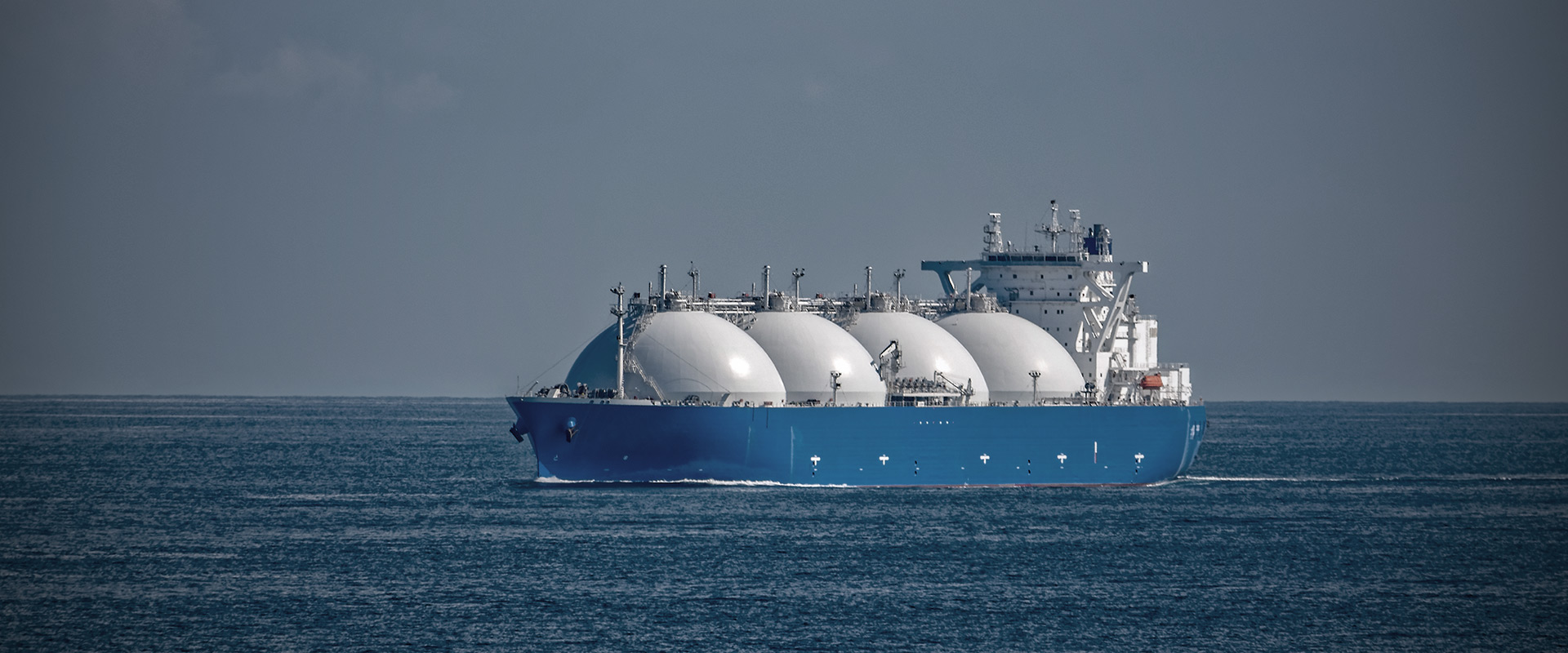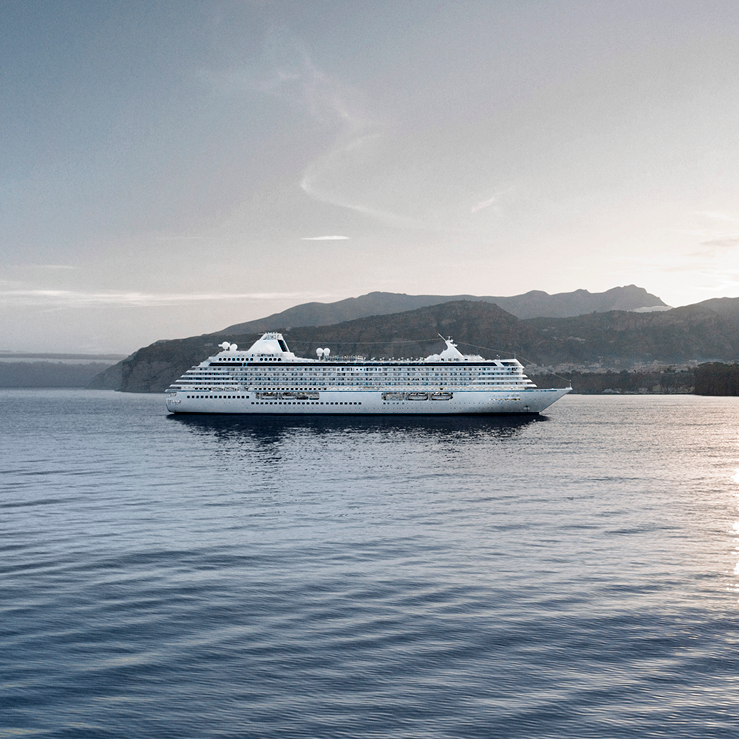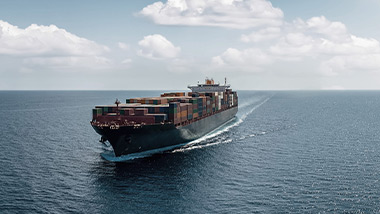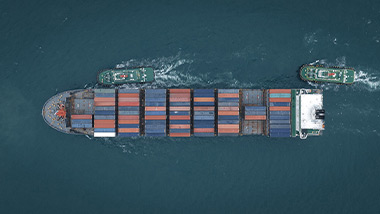The maritime industry faces multiple challenges in its transition to alternative fuels, specifically the need to create scale, build proper infrastructure, demonstrate cost-effectiveness, and ensure supply.
This overview explores these key aspects, highlighting the critical factors that will shape the industry's ability to adopt and implement alternative fuels on a large scale.










